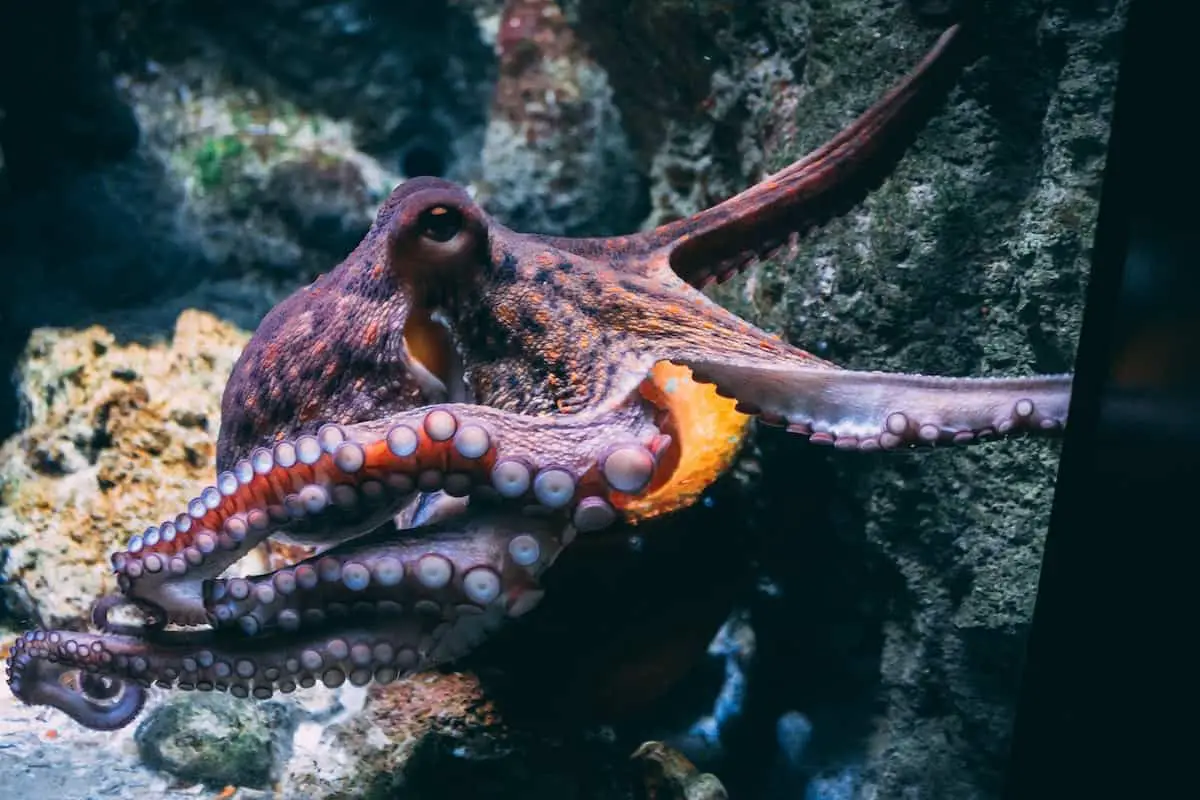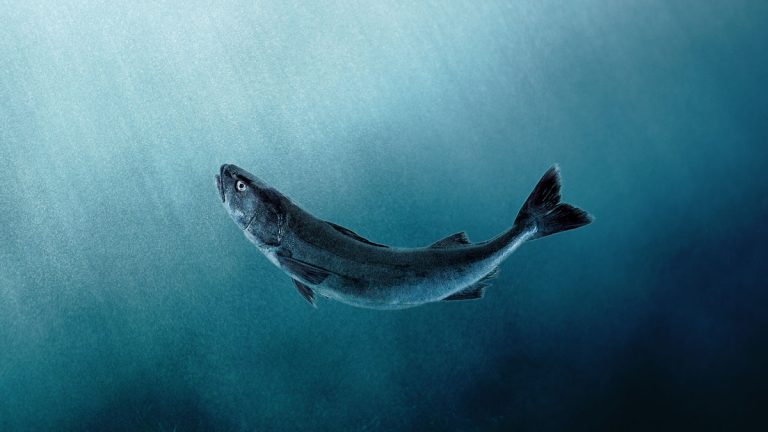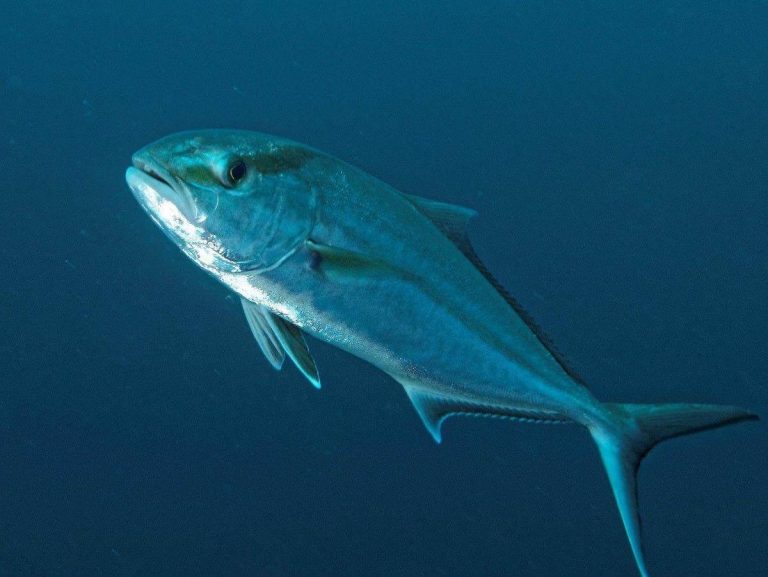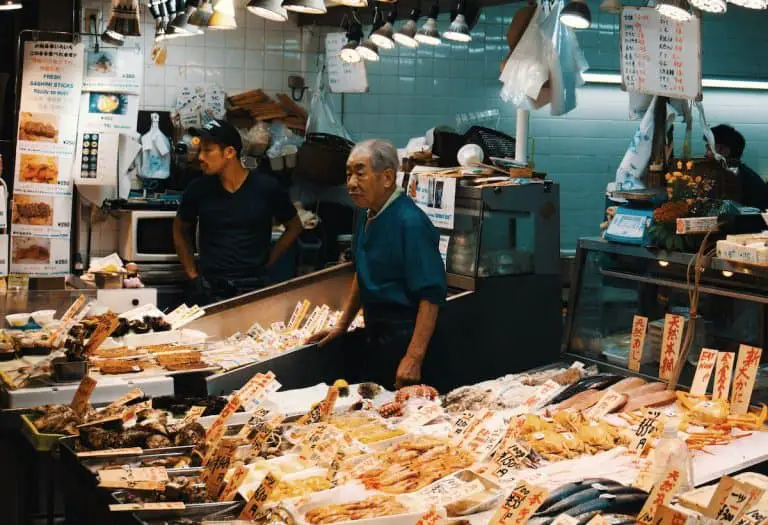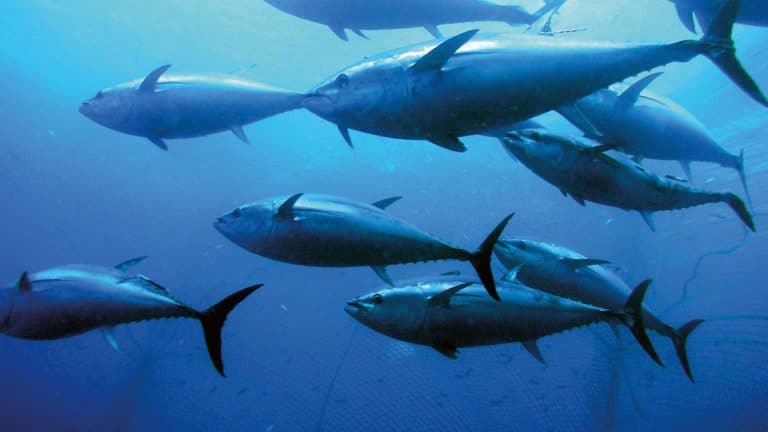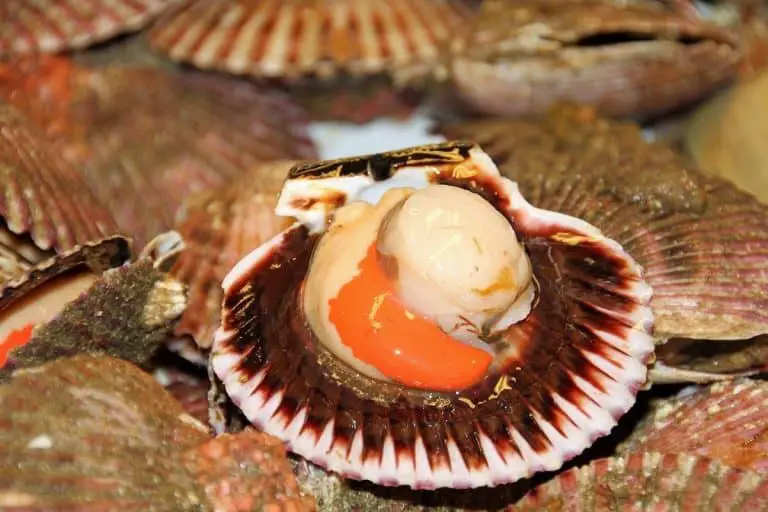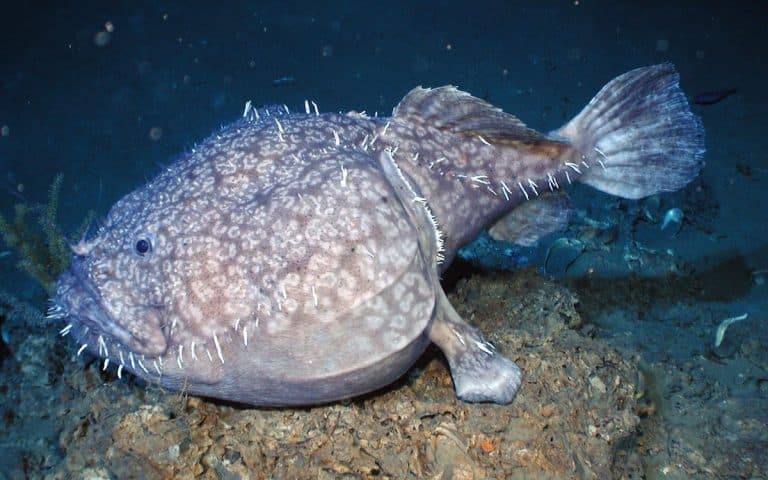Source: Wild
Mercury Risk: Low
PCB WARNING
One of the most easily identifiable items at the sushi bar is the dimpled purple and white tako. Tako is prepared octopus sushi, usually of the species Octopus vulgaris (madako in Japanese). Unlike many fish that are offered raw, octopus is cooked and brined before it is served as sushi.
Japan has a large octopus preparation industry. Octopus from all over the world is exported to Japan, where it is prepared and frozen. It is then reexported to sushi establishments in the United States, Europe, and elsewhere. Because of these convoluted travel plans, discovering where your octopus sushi came from can be a difficult task. It is an important one, however, because the practices of these fisheries vary widely.
The vast majority of the tako served in U.S. sushi bars was hauled out of the waters along the North African coast, but the many arms of the octopus sushi complex stretch all over the globe.
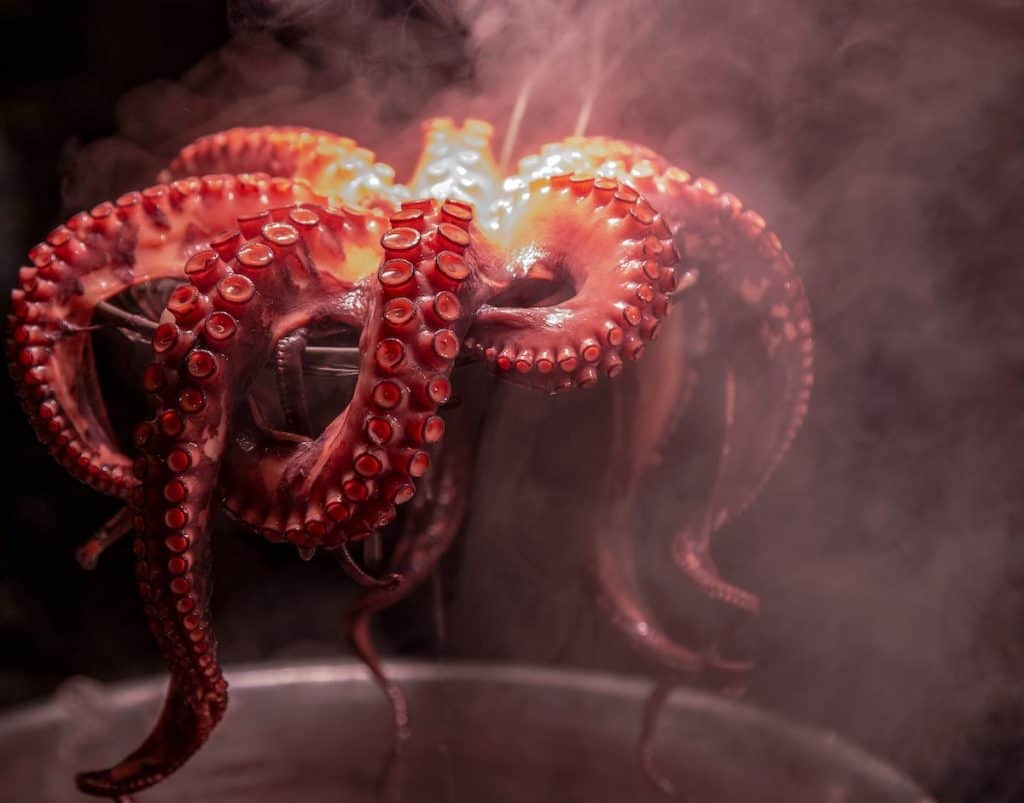
Where is the tako (octopus) used in sushi from?
Spain: There is an octopus fishery in the Mediterranean; some of the product from this area reaches Japan after being caught by the Spanish octopus fleet. The Spanish fishery seems well-managed when compared with African and Vietnamese fisheries. Additionally, a large portion of Spanish octopus is caught with pots, a much less disruptive process than bottom trawling, which involves dragging large nets along the sea bottom. Spanish bottom-trawled octopus is a questionable option due to the negative impact of the trawl nets; Spanish pot-caught octopus is the best possible option at the sushi bar for the tako aficionado, but it is extremely difficult to find.
Japan: Just to confuse matters, there is actually a domestic octopus fishery in Japan. Little is known about this fishery, but some efforts to protect stocks and restore damaged habitat have been made. Both pots and bottom trawls are used to some degree. The pots are probably a better method, but it’s nearly impossible to tell how a particular Japanese octopus was caught.
Morocco: Historically, the world’s most important octopus fisheries have been off the coast of Morocco. The Moroccan octopus fishery has a turbulent past; populations have declined and bottom trawling has led to widespread habitat destruction. The trawling continues, but stocks have more protection now: Morocco has initiated some fishing closures—periods when the beds are off-limits to fishing—to safeguard its octopus populations. Whether or not these policies will be effective in the long run remains to be seen.
Mauritania and Senegal: Morocco’s neighbors are also in on the action—Mauritania and Senegal have octopus fisheries, but they seem to be operating under little regulation. Mauritanian stocks in particular may be declining and are poorly understood. Octopus from these countries is not a sustainable option.
Vietnam: Vietnam is known to export octopus to Japan for preparation, but Vietnamese fishing methods are unregulated and stocks are thought to be suffering. Vietnamese octopus is best avoided.
Casson Trenor
Casson Trenor is a frequent commentator on sustainable seafood issues. He has been featured in regional, national, and international media outlets, including CNN, NPR, Forbes, New York Times, Boston Globe, Christian Science Monitor, San Francisco Chronicle, Los Angeles Times, Seattle Times.

